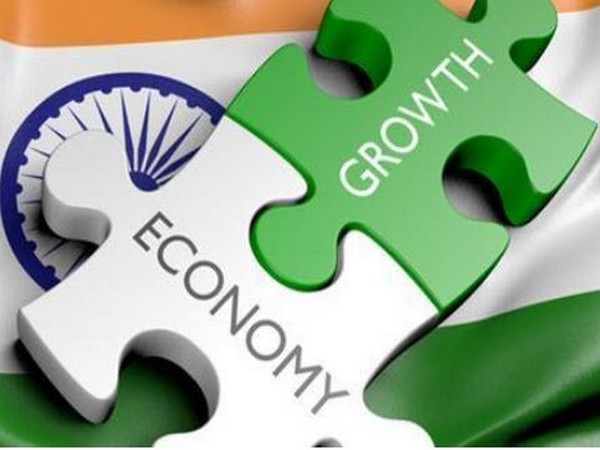
Endorsing the Government and Indian policymakers’ confidence in the resilience of the Indian economy, S&P Global Ratings, on Monday, revised India’s growth forecast for the financial year 2023-24 (ending in March 2024) upward to 6.4% from 6% projected earlier, with robust domestic momentum appearing to have offset headwinds from high food inflation and weak exports. This is in sync with RBI’s estimate of 6.5%. The US rating agency’s “Economic Outlook Asia-Pacific Q1 2024: Emerging Markets Lead The Way”, suggests that India’s growth, with its solid domestic demand like other Asia-Pacific emerging market economies as Indonesia, Malaysia, and the Philippines, is the strongest for the current year and in 2024.
Compared to this, China’s GDP growth is projected at 5.4% in 2023, slowing down to 4.6% in 2024 amidst the country’s property weakness continuing to weigh on the economy and the latter projection of 2024 aligning with the S&P estimate of economic slack persisting next year. The expectation for developed economies is one of lowest growth, especially for those exposed to the weak global trade conditions like South Korea, Taiwan, Singapore, or where the central bank has raised interest rates a lot to fight inflation as in the case of Australia and New Zealand. Even then, 2023 GDP growth is likely to exceed 1% in all Asia-Pacific economies and S&P projects a modest pick-up in growth in 2024, due to a gradual improvement in external demand and some monetary policy easing. Overall, the region excluding China is poised to grow by 4.2% in 2024 and 4.4% in 2025, compared to 4.1% in 2023.
Going ahead, for India, S&P expects growth to slow in the second half of the fiscal year as subdued global growth, a higher base and the lagged impact of rate hikes weigh down on the country, bringing down S&P’s estimate of FY25 growth by 0.5 percentage points to 6.4% from 6.9%. The Indian economy though would bounce back to 7% growth in FY26 and FY27.
According to the S&P report, with core inflation continuing to ease, the region’s central banks are unlikely to have to tighten monetary policy again. Still, given the pressure from higher-for-longer US interest rates, any meaningful falls in policy rates for the next six months can be ruled out.
The robust labour markets and service sectors, as in India’s case, have buoyed growth. The services sector PMI has fallen in Japan and Australia, but it remained above 50 in Japan. The S&P Global purchasing managers’ indices (PMIs) suggest Asia-Pacific economies have generally continued to expand. While India’s manufacturing gauge eased, at above 55 it remained strong as emerging market economies gained support from the post-pandemic resumption of the earlier robust domestic demand trend. In October, manufacturing PMIs remained below 50 in developed economies, although they have risen in South Korea and Taiwan, reflecting stronger activity in the semiconductor industry. In Southeast Asia, the manufacturing PMI mostly exceeded 50 in October, including in the Philippines, where it has jumped since September. Only in Malaysia it remained below 50.
The composition of the recovery after the pandemic slump differs across the region, shows S&P data. With the exceptions of Hong Kong, and Thailand, GDP exceeded the 2019 level by between 0.1% in Japan and 15.5% in India, in the first half of 2023.
In Northeast Asia, India, Australia, and New Zealand, fixed investment has recovered considerably more than private consumer spending. In Northeast Asia, this is partly because high-tech firms such as semiconductor producers are making large investments. On the other hand, in all Southeast Asia economies, the fixed asset investment recovery has lagged that in consumption.
In India, observes S&P, there was a transitory spike in food inflation in the July-September quarter, but it appears to have had little effect on underlying inflation dynamics. Still, headline inflation remains above the Reserve Bank of India’s (RBI’s) target of 4%, suggesting it will be a while before the rate cycle turns.
The rating agency expects policy rates in the region (excluding Japan) to fall later in the fiscal ending March 2024, by between 100 bps in India and 25 bps in Taiwan and Thailand. In Australia, India, and the Philippines, lingering inflation risks are keeping central banks occupied. Key risks to growth stem from possibly slower growth in the West and China as well as unexpected increases in inflation in the US which may force policy rates there to be even higher for longer thus exacerbating the pressure on Asian currencies and markets. Risks remain but so does the potential for growth in the region. In coming months, the spotlight may shine a little more brightly on emerging markets where domestic demand is strong.